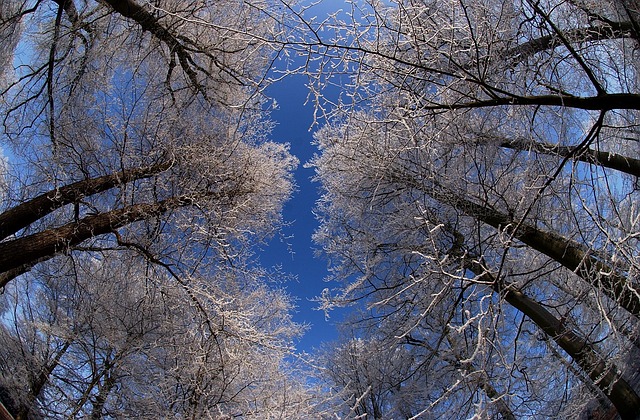It’s not just humans who want to escape the cold of winter. Insects and bugs alike must find a way to survive the winter months. But where do bugs go during the coldest months? While it varies from species to species, there are several common methods of bug survival during winter.
Diapause or Hibernation
What is Diapause?
Diapause is a period of dormancy where insects reduce their metabolic and growth rate. This allows them to enter a state of suspended animation in order to conserve energy and protect themselves from harsh winter conditions. This state can last for weeks, months, or even years depending on the species of bug.
Which Bugs Hibernate?
The majority of animals that undergo diapause are cold-blooded invertebrates, such as insects, earthworms, and spiders. However, some warm-blooded animals, such as mammals, amphibians, and reptiles, have been known to display diapause behavior.
Adaptation to Winter
Winter Adaptation for Insects
Some species of insects, such as bumblebees, have adapted to winter conditions. By reducing their activity and growth rate, they can survive extended periods of cold temperatures and limited food resources. Bumblebees often form nests in sheltered and insulated locations, such as inside tree cavities, which help them stay warm while they hibernate.
Winter Adaptation for Spiders
Spiders are thought to survive the winter by adapting their metabolism, specifically by fighting off freezing temperatures. Some species produce chemicals that form ice-binding proteins to prevent ice from forming inside their cells. This allows them to survive temperatures up to -4°C.
Cold-Hardy Insects
Which Insects are Cold Hardiest?
Some species of bugs have adapted to cold temperatures, making them particularly hardy in the winter months. The Arctic woolly bear moth (Gynaephora groenlandica) is the most cold-tolerant insect known, with some specimens surviving temperatures as low as -58°C. Other cold-tolerant species include dragonflies, ants, grasshoppers, and ladybugs.
Where do Cold Hardiest Insects Overwinter?
Due to their extreme cold tolerance, cold-hardy insects often overwinter in colder climates such as the Arctic region or high altitudes. Some species can be found in leaves, bark, or under rocks. Others, like the woolly bear moth, can survive by entering a hibernation-like state in which they cease all activity.
People Also Ask
Do Bugs Die in Winter?
Most bugs die in the winter due to harsh weather conditions, lack of food, or predation. However, some can survive by hibernating, adapting their metabolism, or finding shelter.
Do All Insects Die in Winter?
No, not all insects die in the winter. Those that are able to adapt to the winter conditions can survive by hibernating, producing ice-binding proteins, or forming shelters.
How do Insects Survive the Cold?
Insects survive the cold by entering a state of diapause, adapting their metabolism to the colder temperatures, or forming shelters. Some species are even able to survive extremely icy temperatures by producing chemicals that form ice-binding proteins.
What is the Coldest Insect?
The coldest insect is the Arctic woolly bear moth (Gynaephora groenlandica), which can survive temperatures as low as -58°C. Other cold-tolerant species include dragonflies, ants, grasshoppers, and ladybugs.
Conclusion
It is remarkable to see the way that insects have adapted to the cold of winter. Whether it is by entering a state of diapause or developing ice-binding proteins, these bugs have found amazing ways to survive the winter months. With such resilience and creativity, it is no wonder why insects have been on the planet for hundreds of millions of years.

